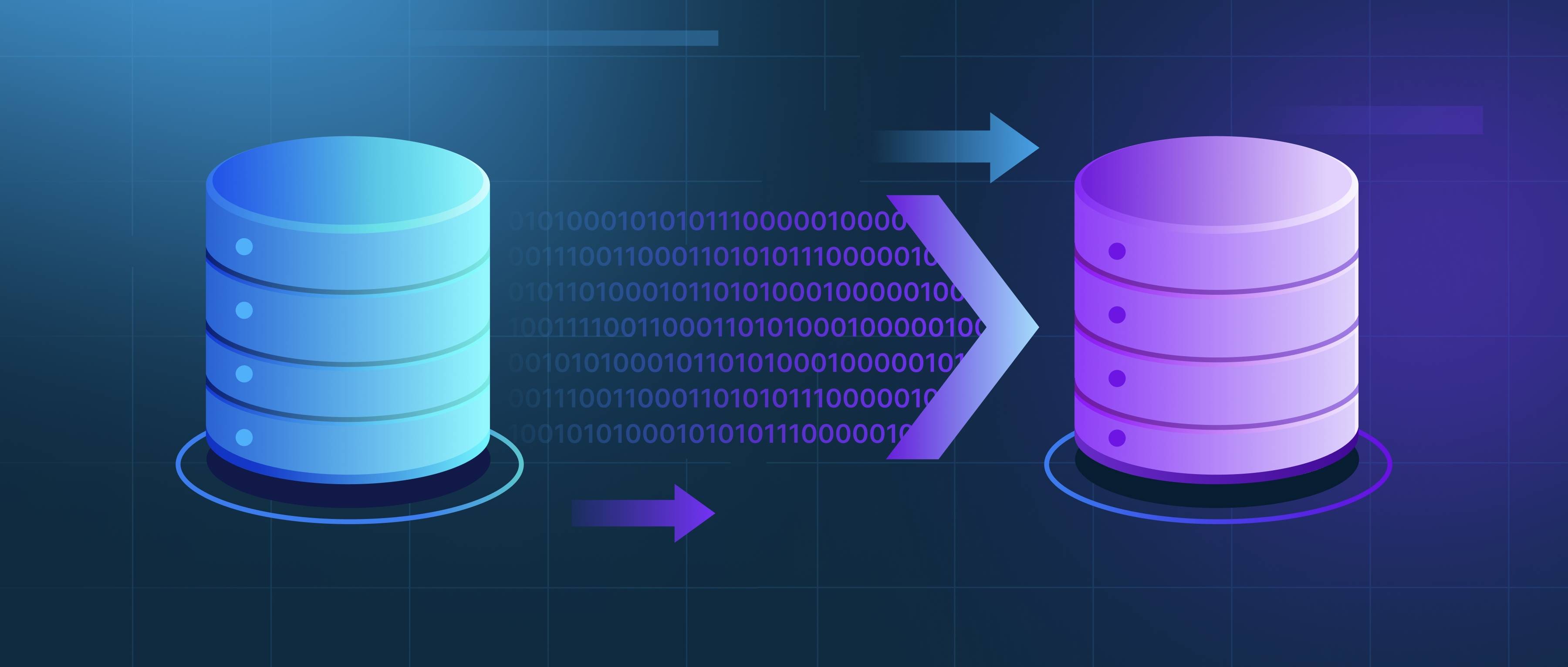The distribution of data plays a critical role in determining whether a method will scale effectively to large datasets. Scalability isn’t just about algorithmic efficiency—data characteristics like clusterability, duplicates, or skewness directly impact computational complexity, memory usage, and the quality of results. Ignoring these factors can lead to performance bottlenecks, inaccurate models, or impractical resource demands.
First, clusterability—how naturally data groups into clusters—affects algorithms like k-means or hierarchical clustering. If data forms tight, distinct clusters, k-means might converge quickly even on large datasets. But if clusters overlap or are irregularly shaped, the algorithm could require more iterations, increasing computation time. For example, a dataset with millions of loosely grouped points might force k-means to repeatedly recalculate centroids, making it impractical at scale. In contrast, density-based methods like DBSCAN might handle non-clustered data better but struggle with memory if neighborhood searches become computationally intensive. The data’s inherent structure dictates which algorithms are viable for large-scale use.
Second, duplicates or redundant data points influence scalability. Methods like stochastic gradient descent (SGD) in machine learning benefit from duplicate removal, as redundant samples waste computation without improving model accuracy. Conversely, duplicate-aware techniques (e.g., weighted sampling) can optimize training by processing unique instances once while accounting for their frequency. For instance, training a language model on a web-scale dataset with repeated phrases might require deduplication to avoid overfitting and reduce training time. However, if duplicates are meaningful (e.g., in transactional data), removing them could distort patterns. The presence of duplicates forces trade-offs between computational efficiency and representational accuracy.
Finally, other distribution aspects like sparsity or class imbalance matter. Sparse high-dimensional data (e.g., text embeddings) can make distance calculations expensive, limiting scalability for methods like k-nearest neighbors. Techniques like dimensionality reduction or approximate nearest neighbors become essential. Similarly, highly skewed class distributions in classification tasks might require undersampling, oversampling, or distributed frameworks to handle rare classes efficiently. For example, fraud detection on terabytes of transaction data with 0.1% fraud cases demands specialized sampling or weighting strategies to avoid models biased toward the majority class. Ignoring such imbalances leads to poor generalization despite computational efficiency.
In summary, data distribution shapes scalability by influencing algorithmic choices, optimization strategies, and resource allocation. Developers must analyze cluster patterns, duplication rates, and other distributional traits to select methods that balance speed, accuracy, and practicality at scale.
